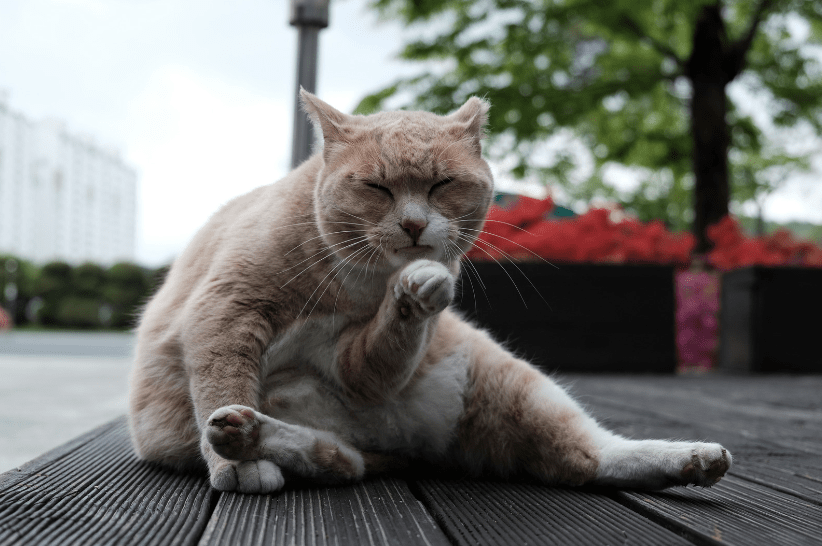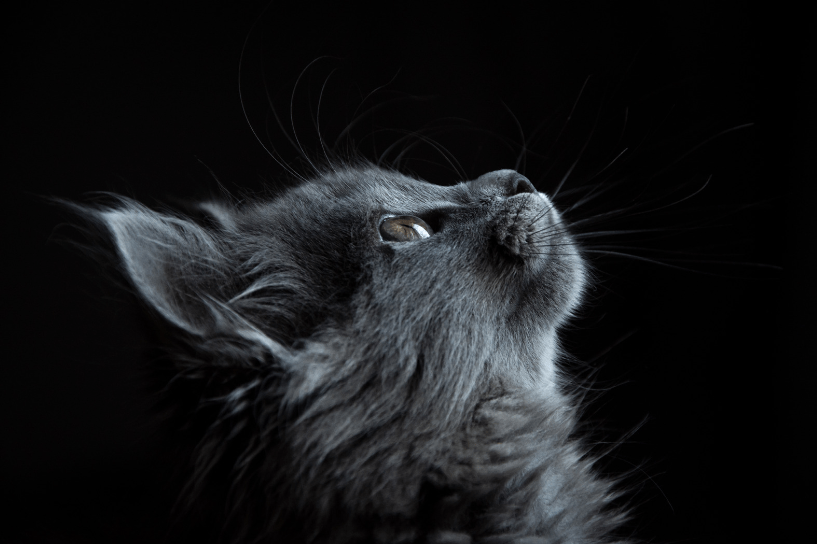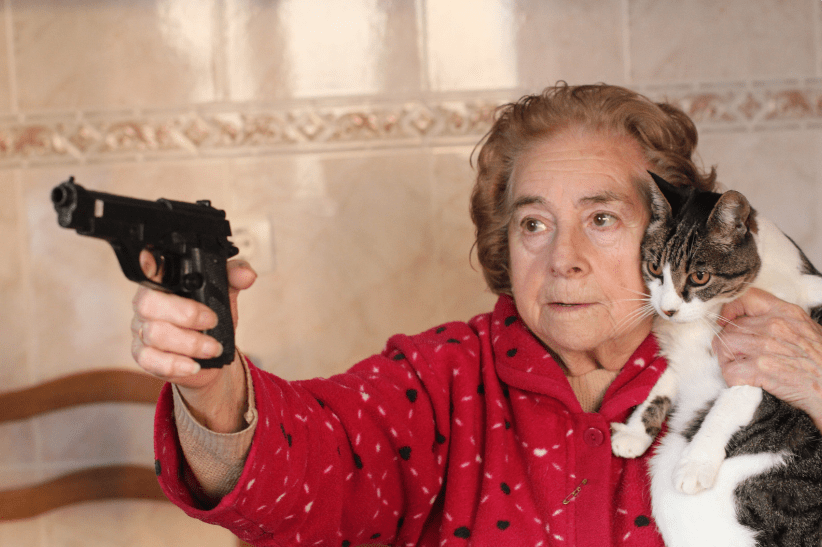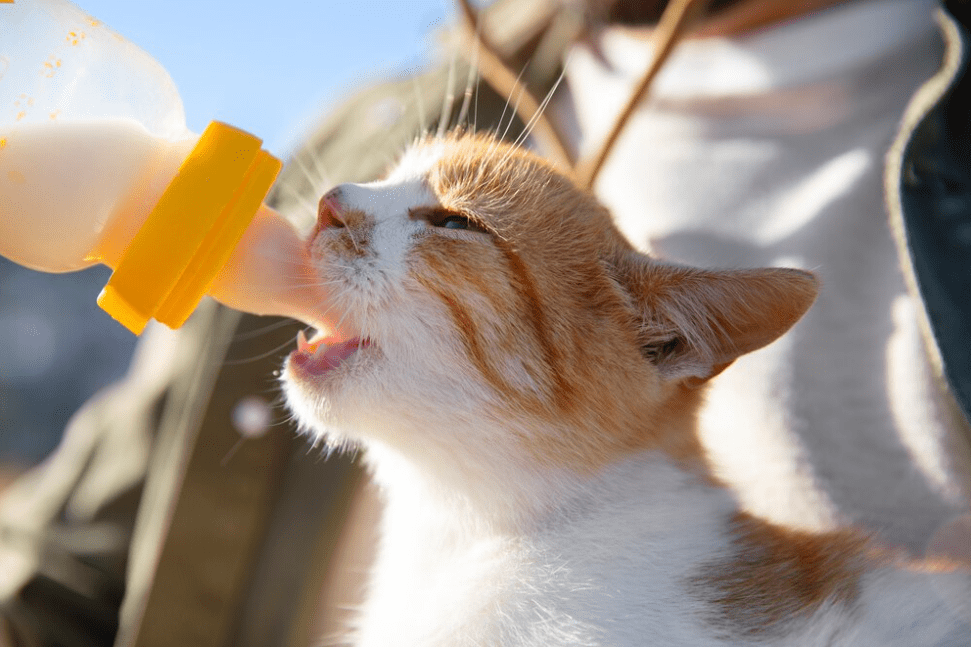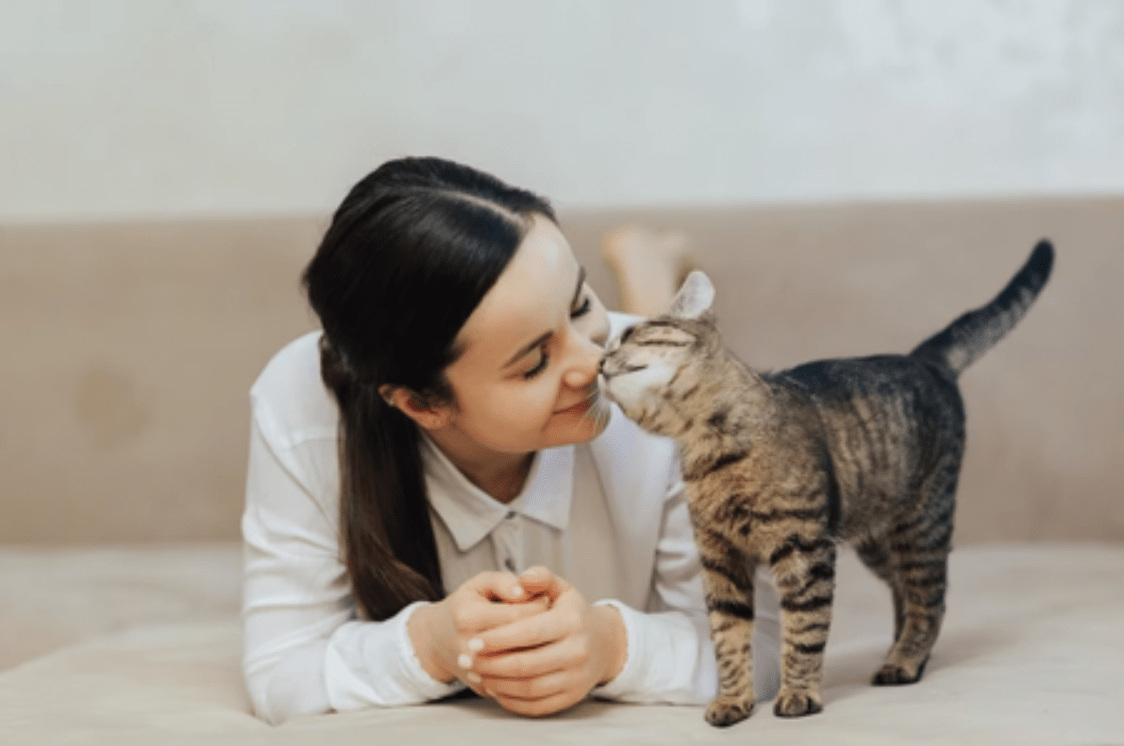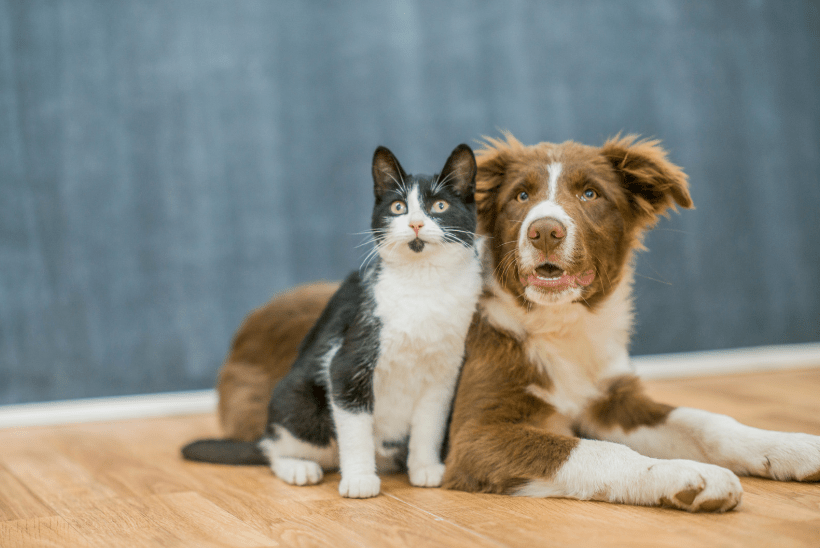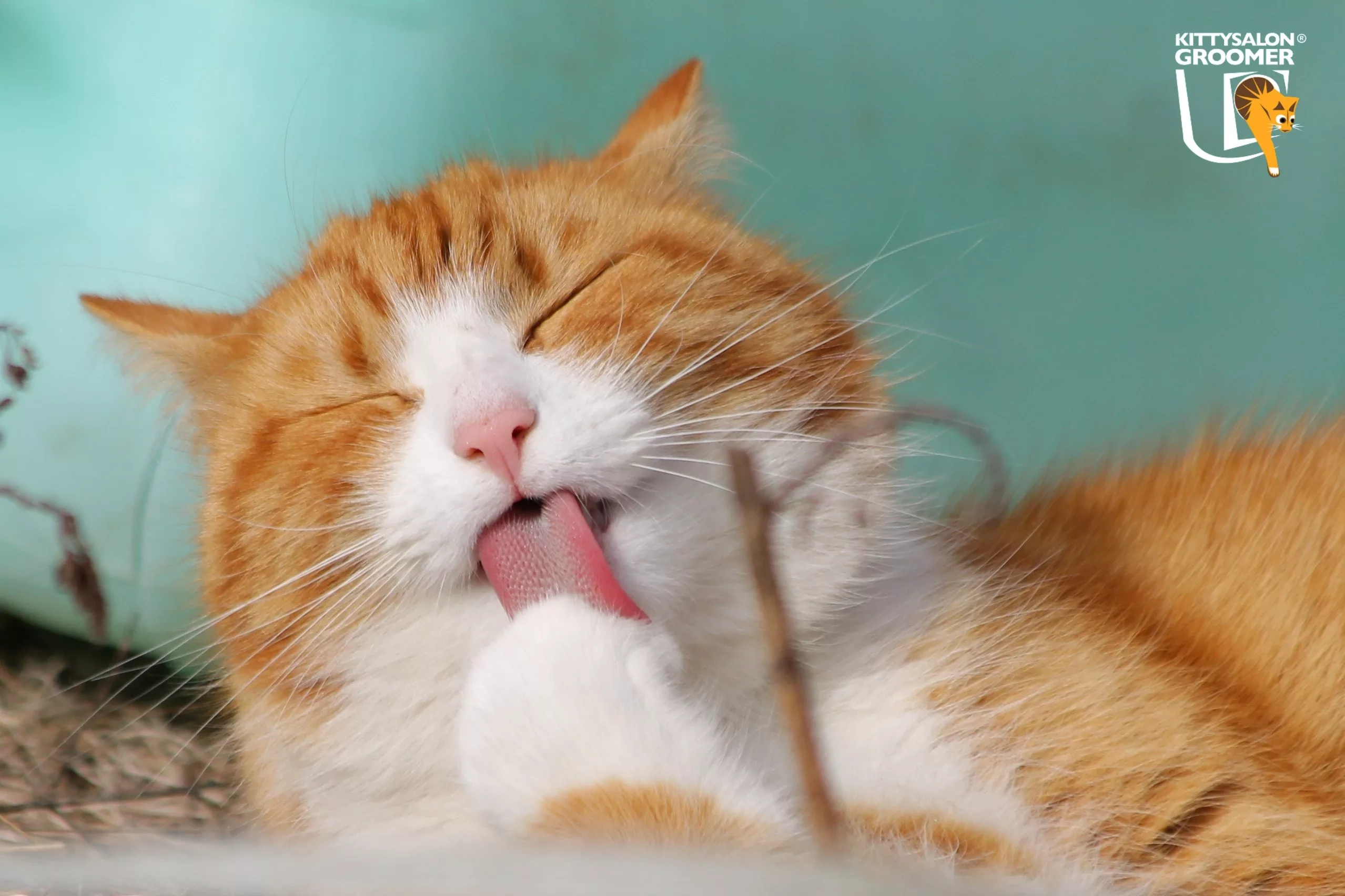Cat Sedative for a Grooming session. They help keep your pet calm and safe during the process.
Grooming cats is not always a walk in the park; claws and teeth can turn a simple trim into a turbulent task. To ensure a smooth grooming experience, pet owners and groomers sometimes turn to sedatives. These substances range from mild calming agents like Feliway sprays to prescribed medications from veterinarians.
It’s important to choose the right sedative based on the cat’s health, temperament, and the complexity of the grooming required. Consulting a vet before administering any sedative is crucial, as they can provide the safest recommendation for your feline friend. Safety should always be the top priority when considering sedatives for grooming.
Calm Grooming: Why Cats Need Sedatives
Picture a serene grooming session with a cat—sounds like a dream, right? Yet, for many feline friends, grooming is anything but calm. Sedatives can transform this experience, turning the dreaded nail clipping or brushing into a peaceful event. This isn’t about snoozing kitties; it’s about their well-being. Let’s explore why these calming aids are essential for some cats during grooming.
The Feline Stress Response
Cats are creatures of habit and grooming disrupts their routine. When cats face a stressful situation like grooming, their bodies react. Their heart rate might increase and they may try to escape or even become aggressive. Sedatives help mitigate this stress response, keeping both the cat and groomer safe. Using sedatives responsibly and under veterinary guidance can mean a world of difference for a stressed cat.
Risks Of Stress In Cats During Grooming
- Health Issues: Chronic stress can lead to health problems like poor coat quality or more serious conditions.
- Behavioral Changes: A cat who associates grooming with stress may hide or show aggression in the future.
- Safety Risks: A stressed cat may scratch or bite, risking injury to itself and the groomer.
By understanding these risks, cat owners can see sedatives not as a last resort but as a tool for a stress-free grooming experience.
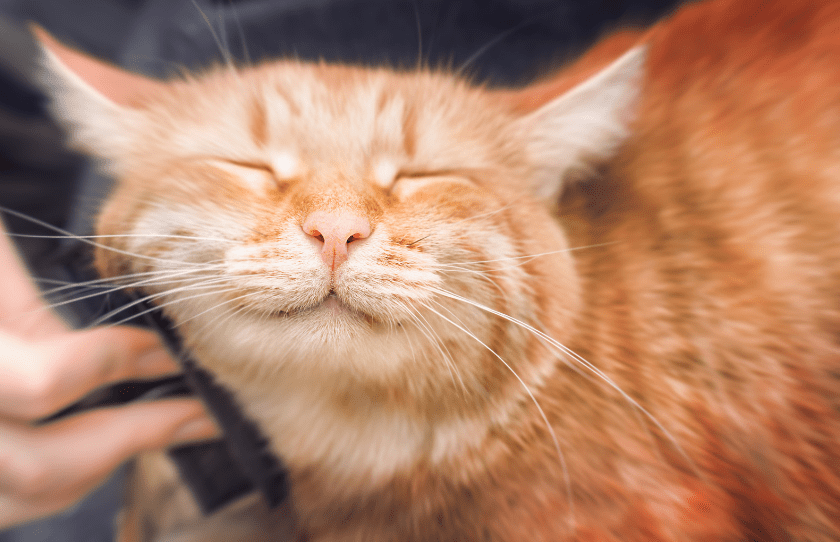
Types Of Cat Sedatives
Finding the right sedative for your feline friend can be a daunting task. Cats often need a little extra help staying calm during grooming sessions. Let’s explore the various sedatives available to keep your kitty serene and safe.
Prescription Medications
Veterinarians provide prescription sedatives for cats needing a strong calming effect. These medications ensure a safe grooming experience for both the cat and the groomer. Common types are:
- Benzodiazepines: These work quickly to relax your cat.
- Alpha-2 Agonists: They sedate and provide pain relief.
- Barbiturates: Used for deeper sedation needs.
It’s essential to follow the vet’s instructions with these medications. Incorrect dosages can harm your cat. Always have a thorough discussion with your vet about the right choice.
Natural Alternatives
Natural alternatives offer a gentler approach to calming your cat. Many cat owners prefer these options for their minimal side effects and ease of use. Popular natural sedatives include:
| Natural Sedative |
How It Helps |
| Chamomile |
Calms nerves with its soothing properties. |
| Lavender |
Reduces stress and anxiety with its pleasant scent. |
| Bach Flower Remedies |
Balances emotional disturbances in cats. |
Remember, consult your vet before trying natural alternatives, especially if your cat has existing health issues or allergies.
Selecting The Right Sedative For Your Cat
Grooming a cat can sometimes be as tricky as solving a puzzle. Cats often dislike grooming sessions. They may hiss, scratch or try to run away. A sedative can help keep your cat calm. Picking the right one ensures a smooth grooming experience.
Considering Your Cat’s Health
Cat’s health is vital when choosing a sedative. Age, weight, and medical history matter. Some sedatives might not suit cats with health issues. Remember, what works for one cat might not work for another.
- Check the cat’s weight: Dosages vary with size.
- Review medical records: Past illnesses can affect choices.
- Monitor for allergies: Some cats may have adverse reactions.
Consulting With A Veterinarian
Contacting a vet is the safest step. Your vet knows your cat’s health the best. They can suggest a sedative that’s safe and effective. Never guess or use over-the-counter options without a vet’s advice.
Preparing Your Cat For Sedation
Preparing Your Cat for Sedation is a crucial step to ensure a smooth grooming process. Cats are known for their agility and freedom-loving nature. The idea of grooming can be stressful for your feline friend. It’s vital to ease them into a relaxed state before sedation. Proper preparation can make a world of difference to your cat’s grooming experience.
Pre-grooming Relaxation Techniques
A relaxed cat is a groomer’s best friend. Begin these steps a few days before the grooming appointment to help your cat stay calm:
- Create a Calm Environment: Keep your home quiet. Soft music and dimmed lights can help.
- Establish a Safe Space: Let your cat have a favorite spot to retreat to if they feel overwhelmed.
- Practice Gentle Touch: Stroking your cat can be calming and simulate the sensation of grooming.
- Introduce Grooming Tools: Let your cat sniff and explore the grooming tools to make them less intimidating.
- Use Feline Pheromones: These can be sprayed in the area where grooming will occur to promote relaxation.
Dietary Considerations
What your cat eats before sedation matters. Follow these guidelines:
| Last Feeding Time |
Type of Food |
Water Intake |
| Before The Appointment: Finish meals 12 hours prior. |
Light Meal: Easy-to-digest food is best. |
Hydration: Allow access to water until a few hours before. |
Consult Your Vet: Always check with your vet for specific dietary restrictions based on the sedative used.
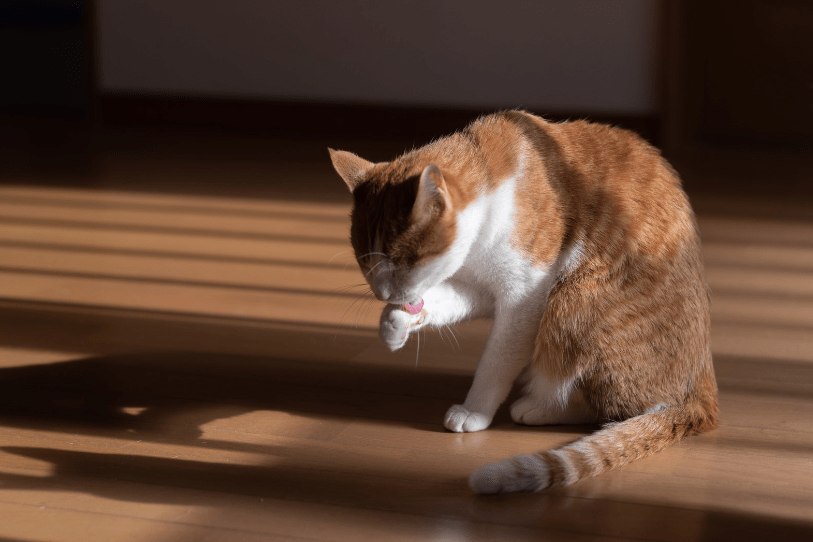
Administering Sedatives Safely
Administering sedatives safely to your cat during grooming sessions is crucial for the well-being of your feline friend. If a cat becomes overly stressed or aggressive, sedatives can help. But, it is vital to use them correctly. Here’s how to ensure you keep your cat safe and sound.
Dosage Guidelines
Getting the dose right for your cat is key. Always follow the vet’s instructions or the product label. Consider your cat’s weight, age, and health status. Too much can be harmful, and too little won’t be effective.
- Use a measuring tool for liquid sedatives to get the exact dose.
- Dose pills based on vet guidance, never guess.
- For sedative chews, one chew per size range is typical.
| Cat Weight |
Sedative Dose |
| 5-10 lbs |
Specific dose as per vet |
| 11-15 lbs |
Specific dose as per vet |
| Over 15 lbs |
Specific dose as per vet |
Monitoring For Side Effects
Watch your cat closely after giving sedatives. Look for any strange behavior or physical changes. Side effects can occur, and early detection is crucial.
- Check for dizziness or trouble walking.
- Notice any changes in appetite or water intake.
- Be alert for excessive sleepiness or excitement.
Contact your vet at once if you notice anything off. Remove grooming tools and comfort your cat in a safe space. Tracking reactions helps prevent future issues.
Grooming Techniques For Sedated Cats
Preparing a cat for grooming while sedated takes a gentle touch and the right tools. Sedation can help cats stay calm during the grooming process, reducing stress for both the pet and the groomer. Let’s explore the best ways to groom our furry friends when they’re feeling a little sleepy.
Handling With Care
Always support the cat’s head and body. Use soft, yet firm grips while moving the cat. A relaxed cat is easier to groom. Be mindful that sedation can vary in effectiveness, so observe reactions.
- Check the cat’s responsiveness before starting to groom.
- Move slowly and gently to keep the cat at ease.
- Use a mat or padded surface to ensure comfort.
Effective Grooming Tools
Selecting the right tools is crucial for grooming success. Sharp scissors are a must for trimming fur. Electric clippers can be quick and effective for larger areas. Quality brushes remove loose fur and prevent mats.
| Tool |
Use |
| Scissors |
Trimming fur around sensitive areas |
| Clippers |
Shaving down heavy fur coats |
| Brushes |
Detangling and smoothing the fur |
Post-grooming Care
Once your feline friend has been sedated and groomed, proper post-grooming care becomes vital for their well-being. This care ensures your cat recovers comfortably and safely from the sedatives used. Let’s explore the essential steps of post-grooming care.
Observation And Comfort
Keep a close eye on your cat after the grooming session. Sedatives can affect your pet differently depending on various factors like age, health, and sedative type. Make sure your cat is regaining alertness gradually and is not showing any sign of distress.
- Create a quiet and cozy space for your cat to rest.
- Use soft blankets and ensure a comfortable temperature.
- Stay nearby to provide reassurance and security.
Hydration And Nutrition
After sedation, hydration is essential. Your cat may be disoriented and forget to drink water. Offer fresh and clean water frequently to prevent dehydration.
| Time After Grooming |
Hydration |
Nutrition |
| First Few Hours |
Water Bowl Checks |
Light Meal |
| Following Day |
Regular Water Access |
Normal Diet Resumed |
For nutrition, start with a light meal to ensure your cat doesn’t have an upset stomach. Watch how your pet eats and returns to normal feeding as they fully recover.
Behavioral Training To Reduce Grooming Anxiety
Behavioral Training to Reduce Grooming Anxiety is essential for cats that fear grooming sessions. Unlike sedatives, training offers a long-term solution by changing your cat’s associations with grooming. It eases their stress, making grooming a pleasant experience for both you and your furry friend.
Desensitization Strategies
To help cats overcome their fear of grooming, introduce desensitization strategies. This involves exposing your cat to grooming tools and activities gradually.
- Start with grooming tools in sight but not in use.
- Let your cat sniff and explore brushes and clippers without turning them on.
Progressively increase exposure time and add gentle touches. Eventually, simulate grooming movements without actual grooming.
Reward-based Training
Reward-based training employs positive reinforcement. It is a powerful method for reinforcing calm behavior during grooming.
- Begin with short grooming sessions.
- Offer treats and praise for calm behavior.
- Increase the session time slowly.
Use a variety of rewards such as favorite treats or playtime. This makes your cat associate grooming with positive outcomes.
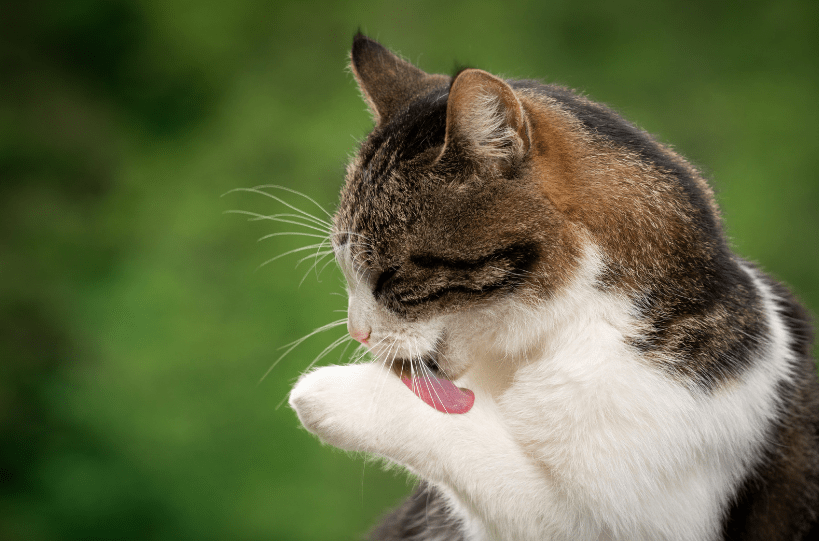
Alternatives To Sedation
Alternatives to Sedation can ensure a stress-free grooming experience for your cat. Instead of using sedatives, consider other methods. These can keep your cat calm during grooming without medication.
Professional Groomer Services
Expert groomers know how to handle cats with care. They use techniques that reduce stress and anxiety. Your cat may not need sedatives with a professional.
- Skilled Handling: Groomers are trained to soothe cats.
- Quick Service: Experts work fast, reducing stress.
- Special Equipment: Tools like cat-specific tables keep pets secure.
Anxiety Jackets And Toys
Anxiety jackets apply gentle pressure on your cat’s body. This feels like a hug. Many cats find this calming and it may help during grooming.
| Anxiety Solution |
Description |
Benefits |
| Anxiety Jackets |
Mimics a secure hug |
Calms your cat naturally |
| Chew Toys |
Distracts and reduces stress |
Keeps cat occupied |
| Interactive Toys |
Engages cat’s hunting instincts |
Lowers anxiety through play |
Interactive toys also distract and engage. They can redirect nervous energy into play.
Legal And Ethical Considerations Of Cat Sedatives
The use of cat sedatives for grooming is not taken lightly by pet owners. Ensuring the safety and welfare of our feline friends is paramount. Before administering these substances, legal and ethical factors demand attention.
Regulatory Guidelines
Regulatory bodies set forth rules governing sedative use in animals. These guidelines exist to protect animal welfare. They ensure sedatives meet safety standards. Compliance with these regulations is imperative for all sedative products.
- Veterinary approval is mandatory before sedative use.
- Label instructions must be followed to avoid complications.
- Dosage regulations prevent overdosing and potential harm.
Owning The Responsibility
Responsibility rests on the shoulders of pet owners and groomers alike. Ethical considerations steer us towards humane treatment. Animal sedation requires a thoughtful, informed approach.
- Assess the need for sedation with a veterinarian consultation.
- Consider non-sedative alternatives, like training and conditioning, first.
- Prioritize the cat’s well-being above grooming convenience.
Conclusion
Choosing the right sedative for cat grooming ensures a stress-free experience for both you and your pet. Each cat is unique, so consult your vet for personal advice. Remember, the goal is a calm grooming session that keeps your feline friend safe and comfortable.
Trust in professional guidance to find the perfect solution.

